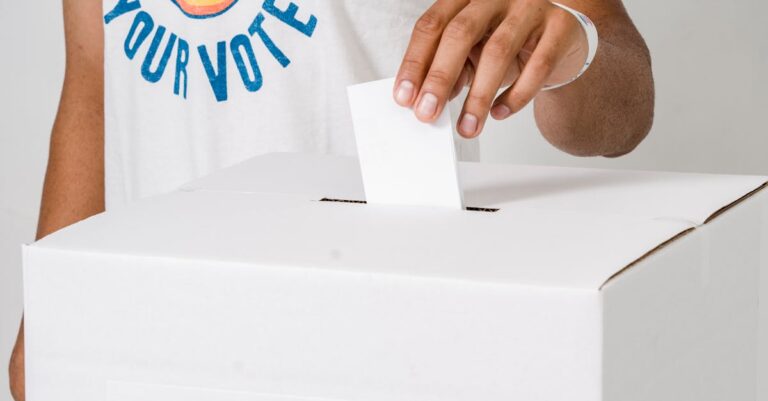
In the vast landscape of public education, the role of teacher unions is a subject that continues to spark intriguing conversations and important debates. As educators, parents, and policymakers seek to understand the impact of teacher unions on our schools, it’s essential to delve into the nuances of bans, county statistics, and school dynamics to paint a comprehensive picture of this complex topic.
**Bans on Teacher Unions:**
Let’s kick things off by shedding light on the concept of bans on teacher unions. In some regions, laws exist that restrict or outright prohibit the formation or activities of teacher unions. These bans can have far-reaching implications on the working conditions of educators, the bargaining power of unions, and ultimately, the quality of education provided to students. By exploring the history and effects of bans on teacher unions, we can gain valuable insights into the importance of collective representation in the education sector.
**County Statistics and Teacher Unions:**
County statistics offer a wealth of data that can help us understand the relationships between teacher unions and various educational outcomes. When we analyze factors such as student performance, graduation rates, teacher retention, and school funding in relation to the presence of teacher unions, intriguing patterns start to emerge. By crunching the numbers and examining county statistics, we can uncover correlations that highlight the influence teacher unions have on the educational landscape at a local level.
**School Dynamics and the Role of Teacher Unions:**
Zooming in on the microcosm of individual schools, we witness firsthand how teacher unions intersect with the daily operations and culture of educational institutions. From negotiating contracts and advocating for improved resources to representing teachers in disputes and fostering professional development, teacher unions play a multifaceted role in shaping the school dynamics that directly impact students’ learning experiences. By exploring case studies and anecdotes from schools with active teacher unions, we can appreciate the tangible ways in which these organizations contribute to the fabric of public education.
In conclusion, unraveling the impact of teacher unions in public schools requires a multifaceted exploration that considers bans, county statistics, and school dynamics as interconnected pieces of a complex puzzle. By engaging with these concepts and understanding the nuances of teacher unions, we can cultivate a deeper appreciation for the vital role these organizations play in advocating for educators and fostering a conducive learning environment for students.
As we continue to navigate the ever-evolving landscape of public education, let’s embrace the opportunity to engage in constructive dialogues about the significance of teacher unions and their impact on our schools. Together, we can work towards a future where every student has access to high-quality education supported by empowered educators and vibrant school communities.






Teacher unions play a big role in making sure teachers have what they need to help students learn better. Bans on teacher unions can really affect how teachers can do their jobs. Looking at how teacher unions and school stats are connected can show us
teacher unions are so important for teachers rights and with out them teachers wouldnt have much say in their working. its impt to look at bans and statitistics and how they affect the whole scool systim. we need to support educ
ugh, why we always gotta talk about teacher unions and bans and statistics and all that? can’t we just focus on helping kids learn and grow? sometimes all this talk just gets in the way of actually making a difference in the classroom. let’s stop getting bogged down in the details and start focusing on what really matters:
I JUS WANNA SAY THIS WHOLE THING IS A MESS. TEACHER UNIONS ARE LIKE A MYSTERY BOX, YOU NEVER KNOW WHAT YOU GONNA GET. BUT SOMETIME THEY GOOD, YOU KNOW. THEY FIGHT FOR TEACHERS RIGHTS AND STUFF. BUT SOMETIMES
Teachers need unions to helps them gets a fair shake and provide the best education for their students. Them bans on teacher
whoa this here content sure makes ya think ’bout them teacher unions in a whole new light! bans n’ county statistics n’ school dynamics, oh my
Wow, teachur unions sound like they have lotsa impacts on skools and stuff. I
Ugh, I don’t understand why there are bans on teacher unions! Like, isn
oh man, my heart just breaks thinking about how bans on teacher unions can really affect the way educators are treated and how it impacts the quality of education
Wow, these teacher unions sound like the superheroes of the education world, fighting bans and crunching county statistics like it’s nobody’s business! It’s like they’re the Avengers of the classroom, swooping in to save the day with their super negotiation
WELL I DON’T KNOW MUCH ABOUT BANS ON TEACHER UNIONS, BUT I DO KNOW THAT